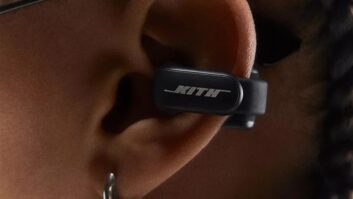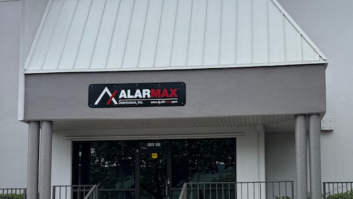Washington — The FCC this afternoon approved open-access rules for a slice of the 700MHz analog-TV spectrum, contending the rules will foster competition and innovative wireless applications that existing cellular carriers have stifled.
The commission contends the rules will produce a nationwide wireless network open to all compatible wireless devices, not just those sold by the network operator. The network operator will also be required to allow over-the-air downloads of applications and content from any third-party provider unless the downloads harm the network or are illegal.
The “open-access” rules will apply only to a single 22MHz slice of 62MHz of spectrum that will be auctioned off in 12 large geographic regions in a way that promotes the emergence of a single aggregation by a single national operator.
FCC Commissioner Jonathan Adelstein contended the requirements will foster service innovation by breaking “the shackles of a handful of [carrier] gatekeepers.” He and other commissioners, however, said they would have also have preferred an additional rule forcing spectrum winners to wholesale their bandwidth to less-wealthy companies to further encourage competition and innovation. Opening the network through a wholesaling requirement, Commissioner Michael Copps added, could have created a nationwide wireless competitor to cable and telco company broadband services.
The launch of an open-access network could have an impact beyond the 700MHz band, analysts told TWICE. An open-access 700MHz operator will step up pressure on carriers to let “unlocked” unsubsidized phones onto their existing cellular networks, activate phones and devices not sold directly by them, and stop blocking third party application and content downloads, analysts said. The rules could also promote direct sales of handsets and other wireless devices to retailers, who currently buy most of their handsets from carriers.
“If [open access] catches on, and it probably will, in a few years there will be more pressure [on carriers] to open up their networks,” said In-Stat analyst Alan Nogee. “Things have been going that way anyway.” Sprint’s planned WiMAX network, he noted, is also built on that business model. “All carriers, including AT&T and Verizon, generally have walled gardens,” he noted.
The trend toward openness is underscored by the small but growing number of unlocked GSM phones that suppliers are selling direct to retailers, although at prices not subsidized by the GSM carriers, he noted. Over-the-air downloads of ringtones, songs and games are generally controlled by carriers, added Gartner analyst Phil Redman, although some applications can be delivered via a phone’s SMS or Web browser.
During testimony at the FCC meeting, Jason Dillards, CEO of technology company Skydeck, called open access the means by which innovative services blossomed over the wired Internet network. The wireless Internet, however, has been “hobbled” by the requirement that third party innovators must get carrier approval to appear on their phones’ decks. “The carrier controls what consumers see on the deck,” he complained.
Use of the spectrum for an open network is not assured, however, because revenues from the spectrum must exceed a minimum amount. If the minimum isn’t hit, the spectrum will be auctioned off without open-access rules.











